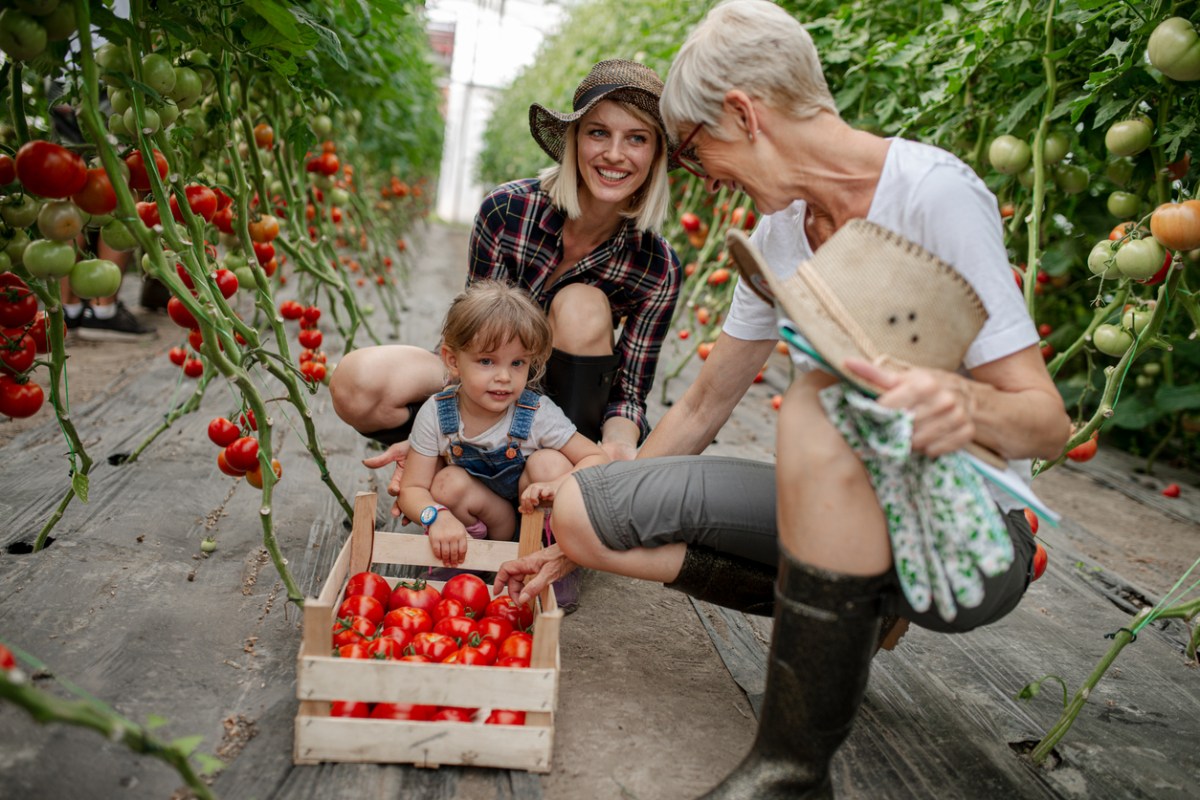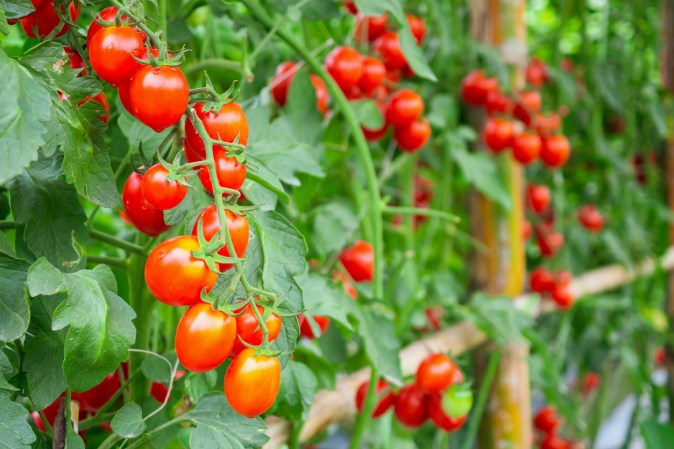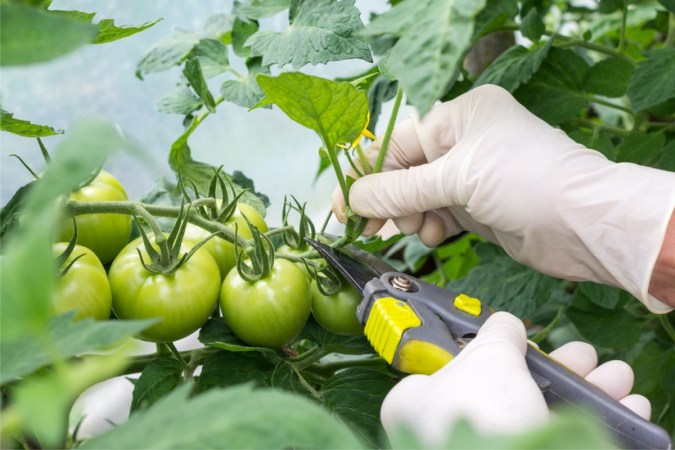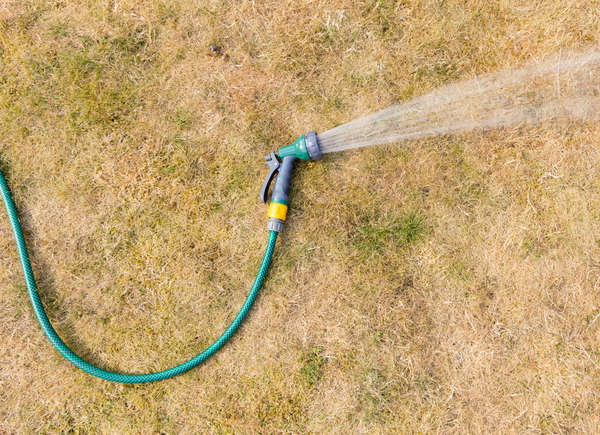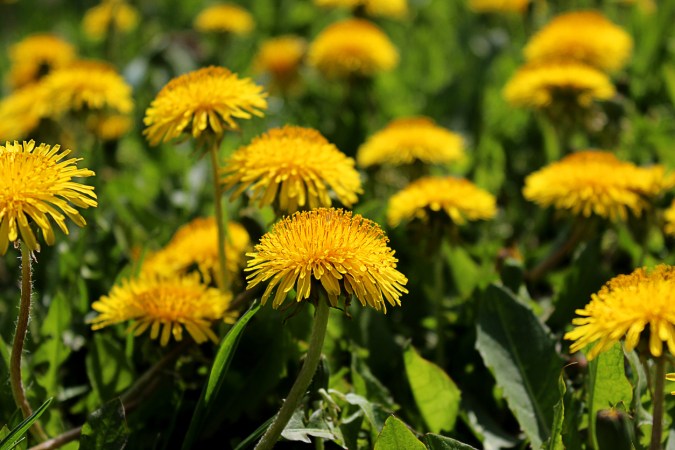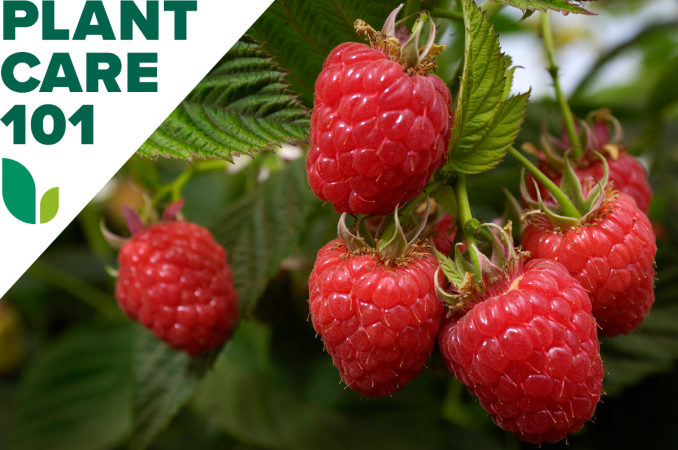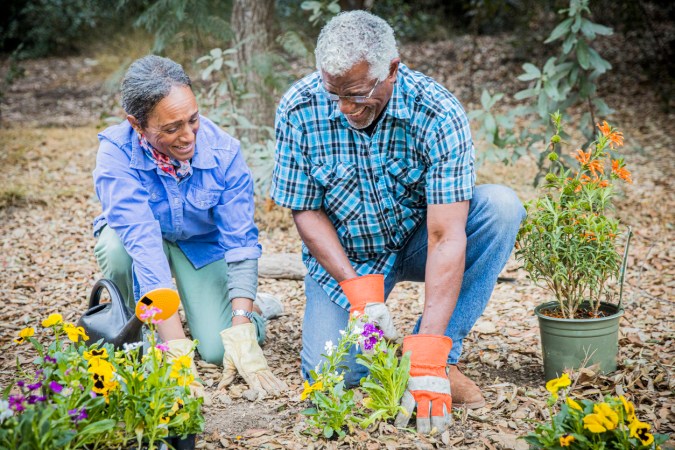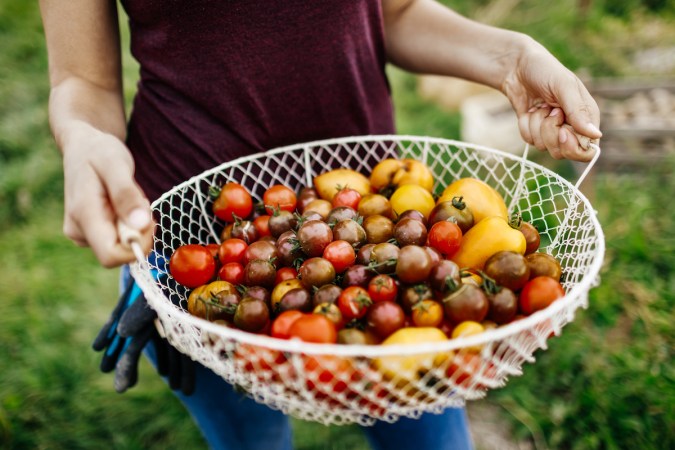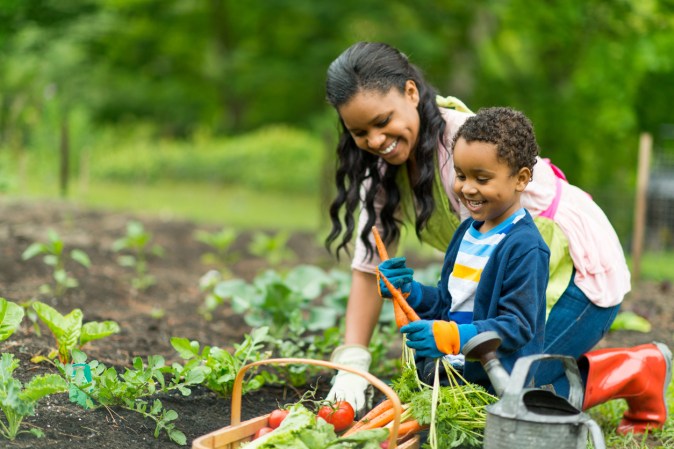We may earn revenue from the products available on this page and participate in affiliate programs. Learn More ›
Tomato plants can make a wonderful addition to a backyard garden. They are relatively easy to grow and can yield a nice crop of ripe and juicy tomatoes after just a few weeks. However, while tomatoes are not too difficult to grow, that doesn’t mean that they are completely fool-proof. There are several mistakes you can make when growing tomatoes that can have a negative impact on the health of the plants, their overall yield, and more. However, if you make just a few minor tweaks to your growing plan, you can avoid these mistakes to ensure that your crop stays healthy and produces the delicious tomatoes you’ve been dreaming about.
RELATED: Solved! How to Overcome 11 Common Tomato Plant Problems
1. Starting the Seeds Too Early
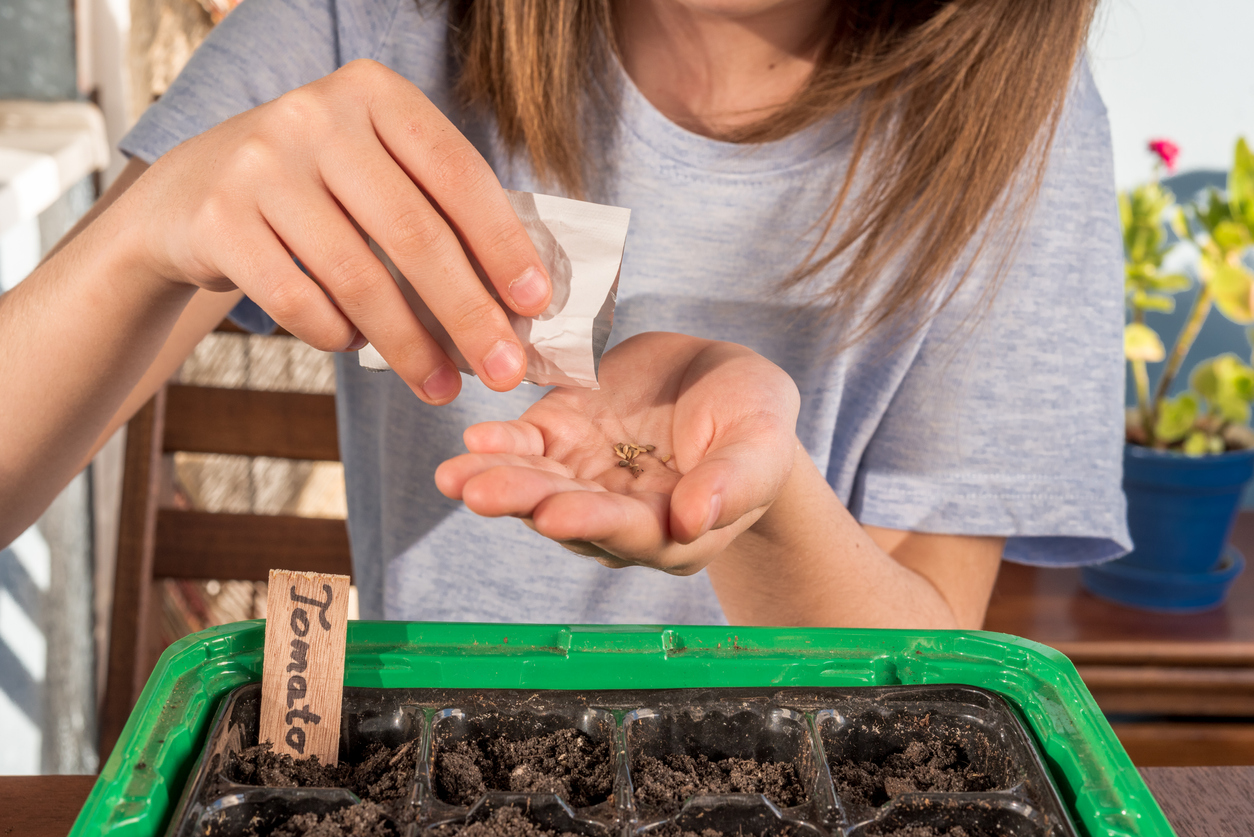
Starting your tomato seeds at the right time is essential. If you plant the seeds too early, the young plants could end up getting killed by a late frost. The soil temperature needs to be a minimum of 60 degrees Fahrenheit during the day for tomato plants to grow properly, and nighttime air temperatures need to remain above about 55 degrees Fahrenheit. To give your seeds the greatest chance of survival, you should start them inside (particularly if you live in Zone 7 or below). Then, once there is no more threat of frost, the overnight temperatures are consistently around 60 degrees or warmer, and your seedlings have grown to be at least 6 inches tall, you can transplant them in your outdoor garden.
RELATED: Starting Tomatoes from Seed
2. Not Planting Them Deep Enough in the Soil
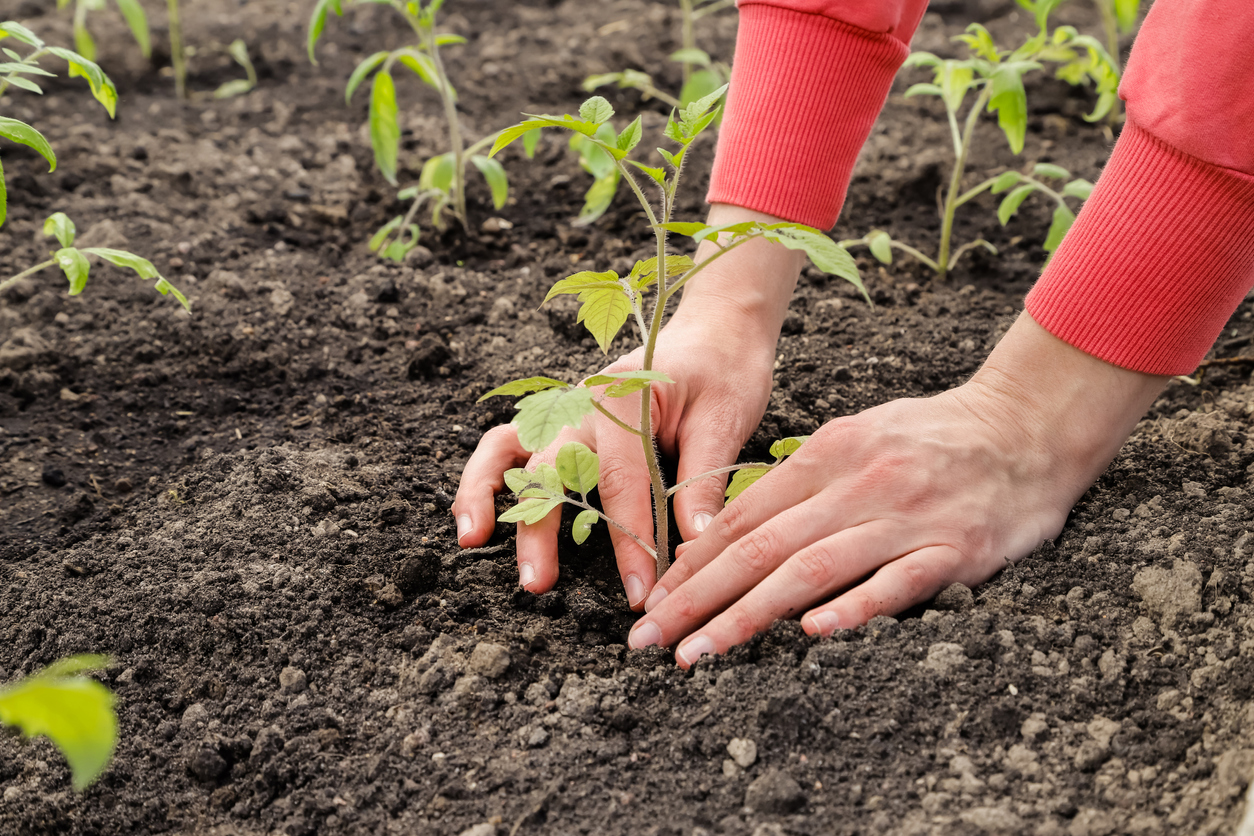
If you’ve never grown tomatoes before, one of the most common mistakes you’re likely to make is not planting them deep enough in the soil. Because most other plant varieties should be placed just below the surface, many assume that the same is true for tomato plants. However, it is actually not the case. When planting tomatoes, it is important to place their root ball well below the surface so that the soil goes up all the way to the lower leaves on the plant. When planted in this manner, additional roots will grow along the deeper portions of the stem, helping to better anchor the plant into the ground. Moreover, with a larger root system, the tomatoes will have access to more water for healthier growth.
3. Not Leaving Sufficient Space Between the Plants
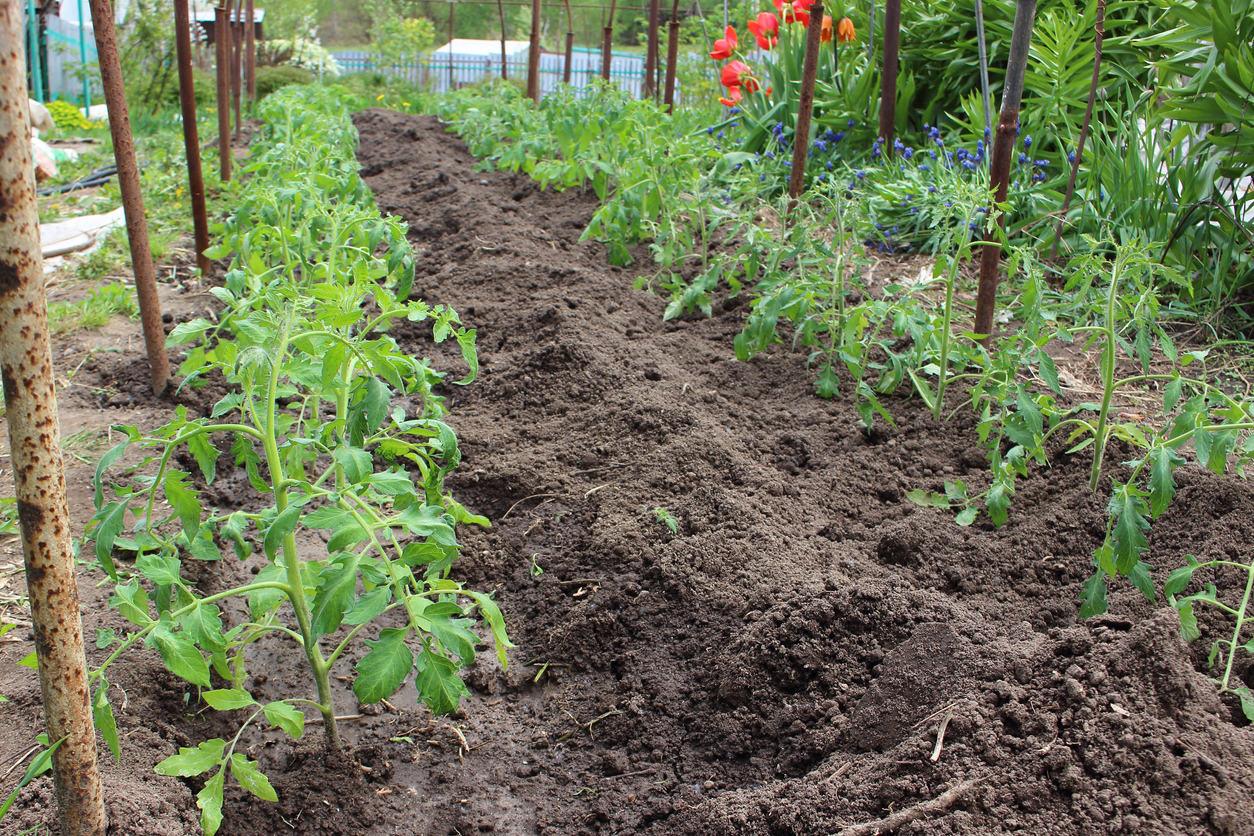
Proper spacing of your tomato plants is important for optimal growth and health. If the plants are too cramped, they won’t receive sufficient airflow or sunlight. While spacing recommendations can vary based on the specific type of tomato plant you’re growing, indeterminate varieties require more space than their determinate counterparts. Most indeterminate tomato plants should be spaced between 2 and 3 feet apart, leaving 5 to 6 feet between each row. Determinate varieties should have between 18 inches and 2 feet of space between each plant and about 4 feet of space between each row.
RELATED: 9 Signs You Have a Pest Problem in the Garden
4. Not Watering Them Properly
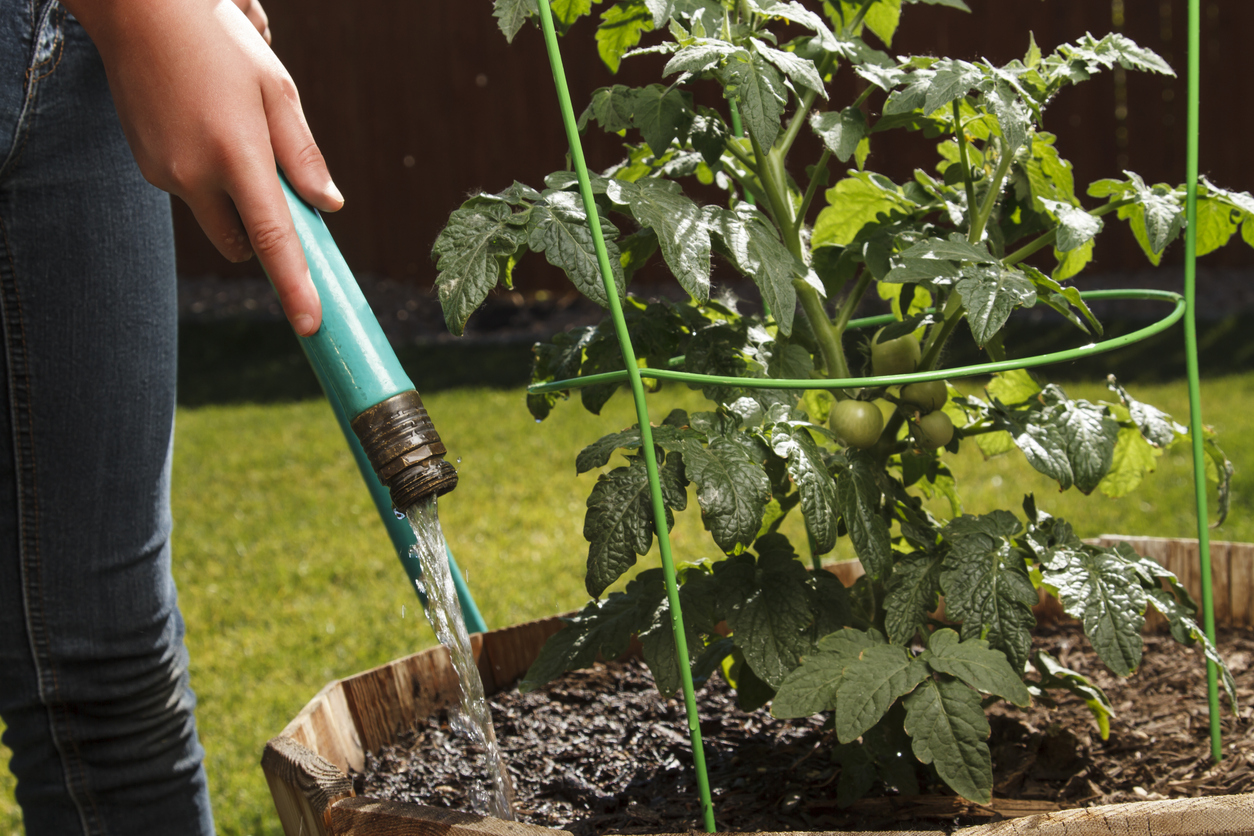
There are several watering-related mistakes you might make when tomato plants. The first is watering them at the wrong time of the day. If you water your plants during the heat of the day, too much water is likely to evaporate before it can be absorbed by the soil to actually make it to the plant. Instead, you should water tomato plants in the earlier morning hours or around dusk.
It is also important to make sure that you water your plants consistently, especially during periods without rain. If tomato plants don’t consistently receive about 1 inch of water each week, the plants won’t be as healthy. The fruit is more likely to crack or rot if a dry spell is followed by excess moisture.
A final mistake many people make is watering their plants from above. The best way to water tomato plants is to get the base of the plant—not the leaves—wet using a soaker hose or a watering can with a longer neck. When the water can get directly to the roots, it makes it less likely for the plant to be impacted by various diseases and ensures that more water will get to the roots.
RELATED: 10 Plants That Grow Better with Companions
5. Not Providing Them with Proper Support
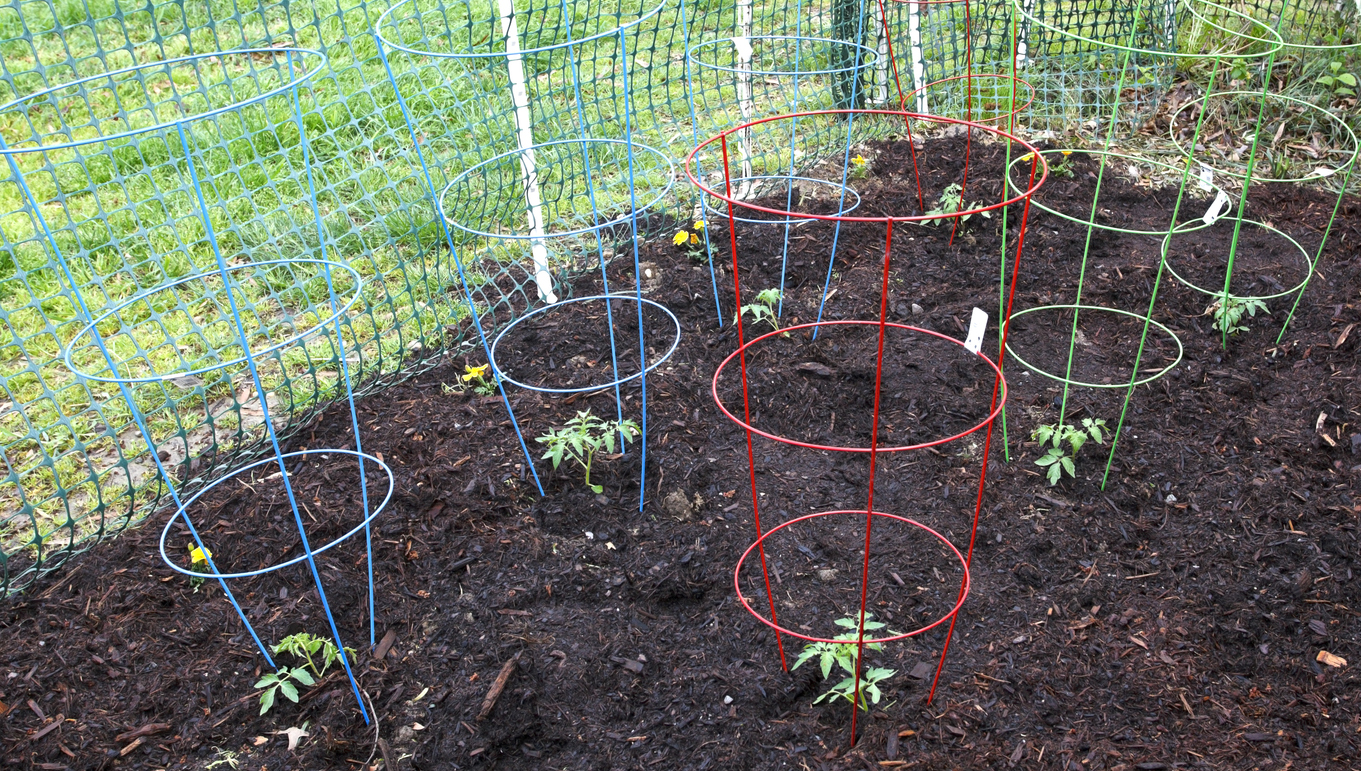
Whether you’re growing determinant or indeterminate tomatoes, it is important to set up a good support system to keep the plants off of the soil. Doing so helps contain the amount of space each plant will take by allowing it to grow up, not out. A good support system can also make it less likely for the tomatoes to become infested with pests or infected with a disease. Harvesting tomatoes will also be easier when they are properly supported.
There are different support options to choose from, including staking, trellising, or caging. Regardless of the type of system you want to use, it is best to get it set up shortly after transplanting the young tomato plants to your garden. Doing so will help minimize root damage and get the plants off to a good start.
RELATED: The Best Tomato Cages – Recommendations from Bob Vila
6. Not Fertilizing the Plants
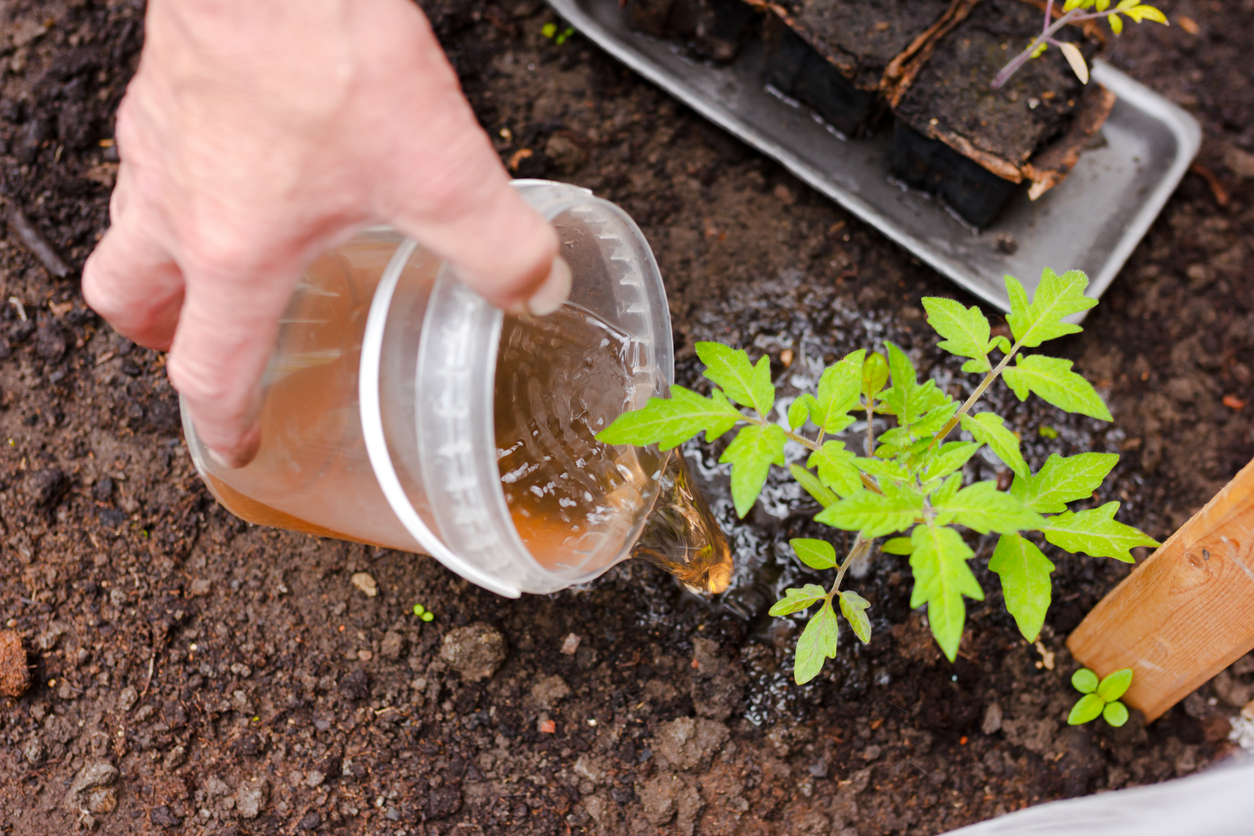
If you want your tomato crop to be successful, then fertilizing the plants is essential. Without fertilizer, you’re likely to end up with fewer healthy tomatoes to harvest. The plants are less likely to be healthy as well, and their leaves may yellow. Choose an organic tomato fertilizer formulated with calcium and nitrogen, phosphorus, and potassium (NPK) micronutrients. Mix fertilizer into your soil before you transplant your tomatoes, and fertilize again when the plant sets its first fruit. Because tomatoes are heavy feeders, you’ll need to fertilize one more time, right after you harvest the first fruit.
RELATED: The Best Fertilizer for Tomatoes – Top Picks by Bob Vila
7. Not Pruning Them Properly
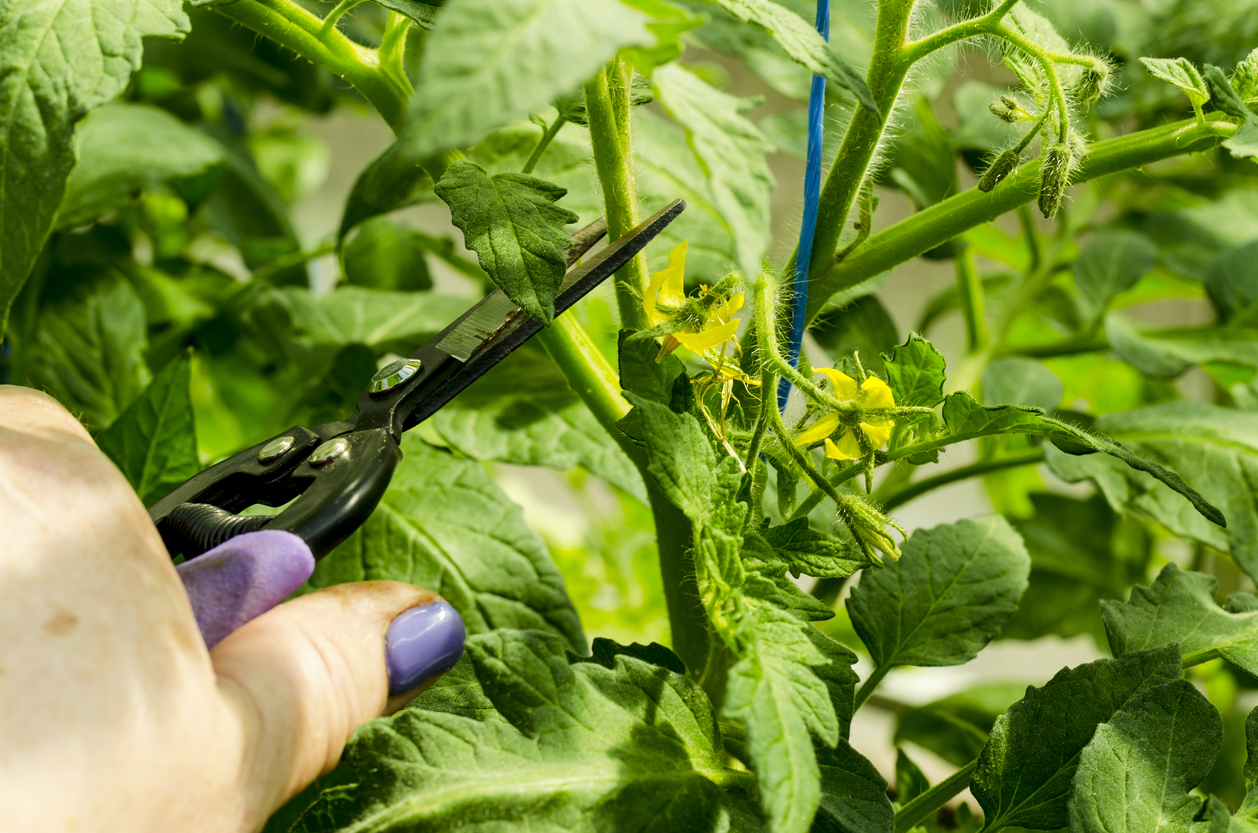
Novice gardeners can also make several tomato pruning mistakes. One of these mistakes is pruning determinate tomato plants. Pruning these varieties can lead to a decreased yield. Only indeterminate tomato plants require pruning, and this is only necessary after they’ve reached a height of at least 6 to 8 inches. When pruning your indeterminate tomato plants, make sure to clean and sharp tools to avoid spreading diseases or crushing the stems. Also, take care to avoid over-pruning. If you prune off too many of the leaves that are creating shade for the growing fruits, they could get scalded by the sun and the plant may end up dying.
8. Not Harvesting Ripe Tomatoes Promptly
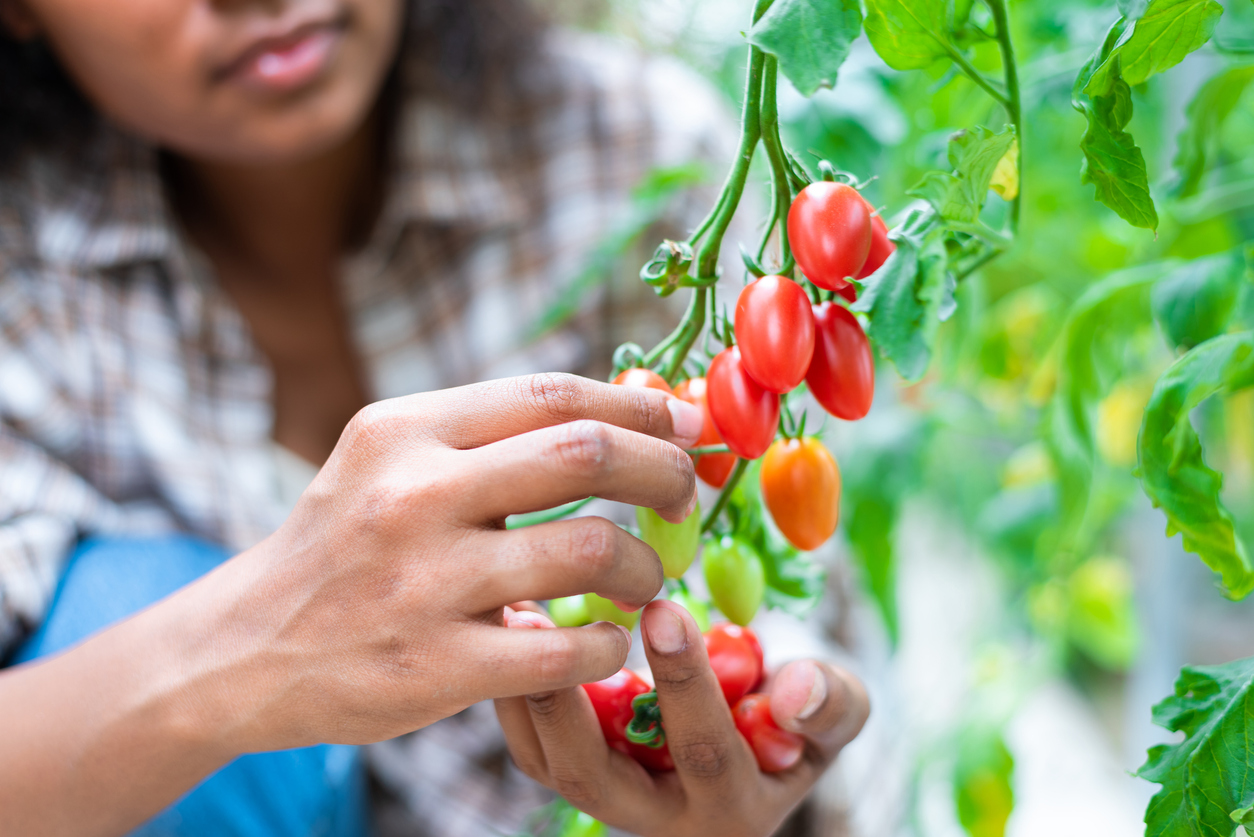
You must know when to pick tomatoes to avoid letting them over ripen and rot on the vine. When tomatoes become rotten and are left on the vine, it can lead to potentially serious problems. There are pathogens that can spread from rotten fruit, threatening other plants that are close by. Moreover, these pathogens can remain in the soil, impacting next year’s crop as well. Once your tomatoes start to ripen, setting aside time to pick them daily is important. If you notice any rotten fruits on the vine, be sure to remove them promptly.
RELATED: Ripe for the Picking: 10 Full-Bodied, Full-Flavored Heirloom Tomatoes

